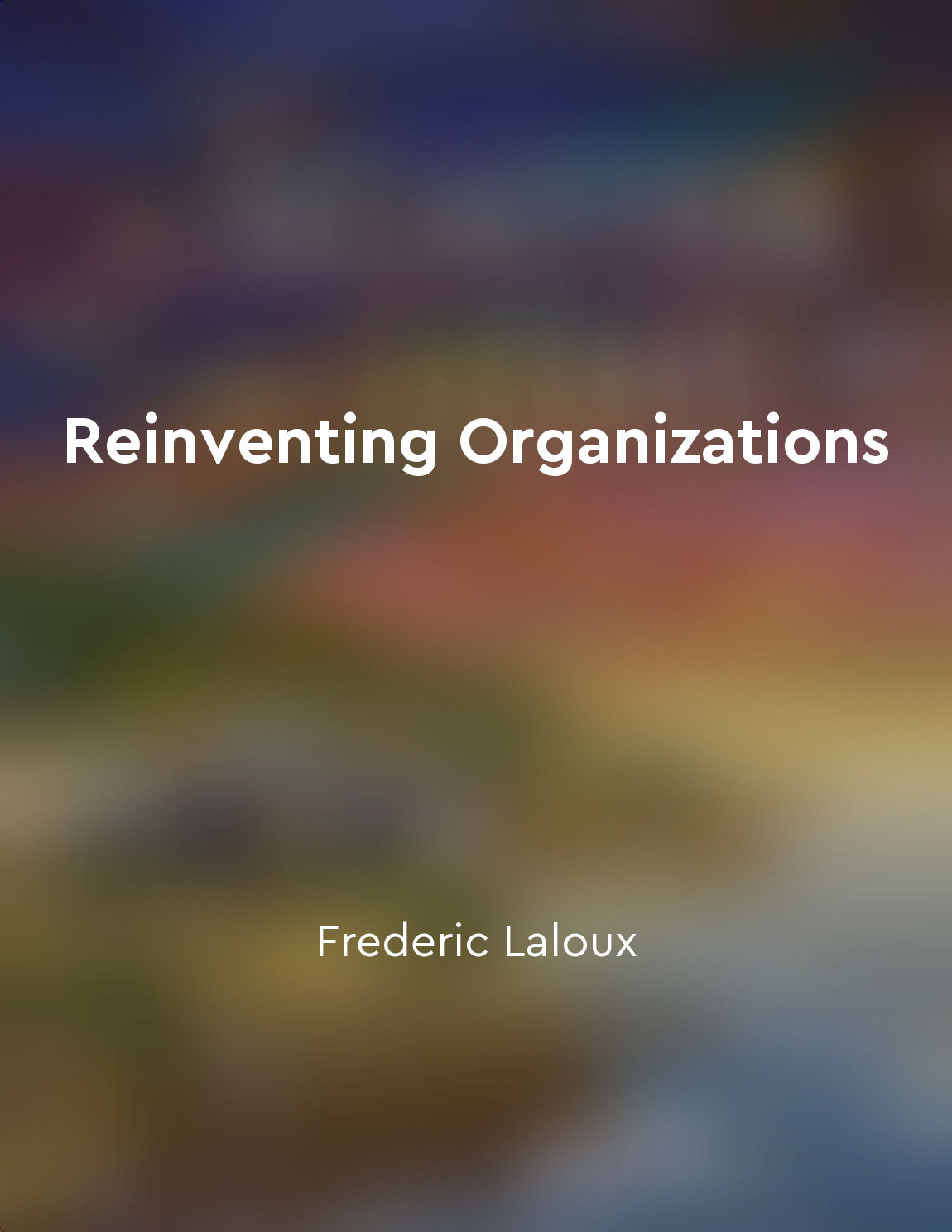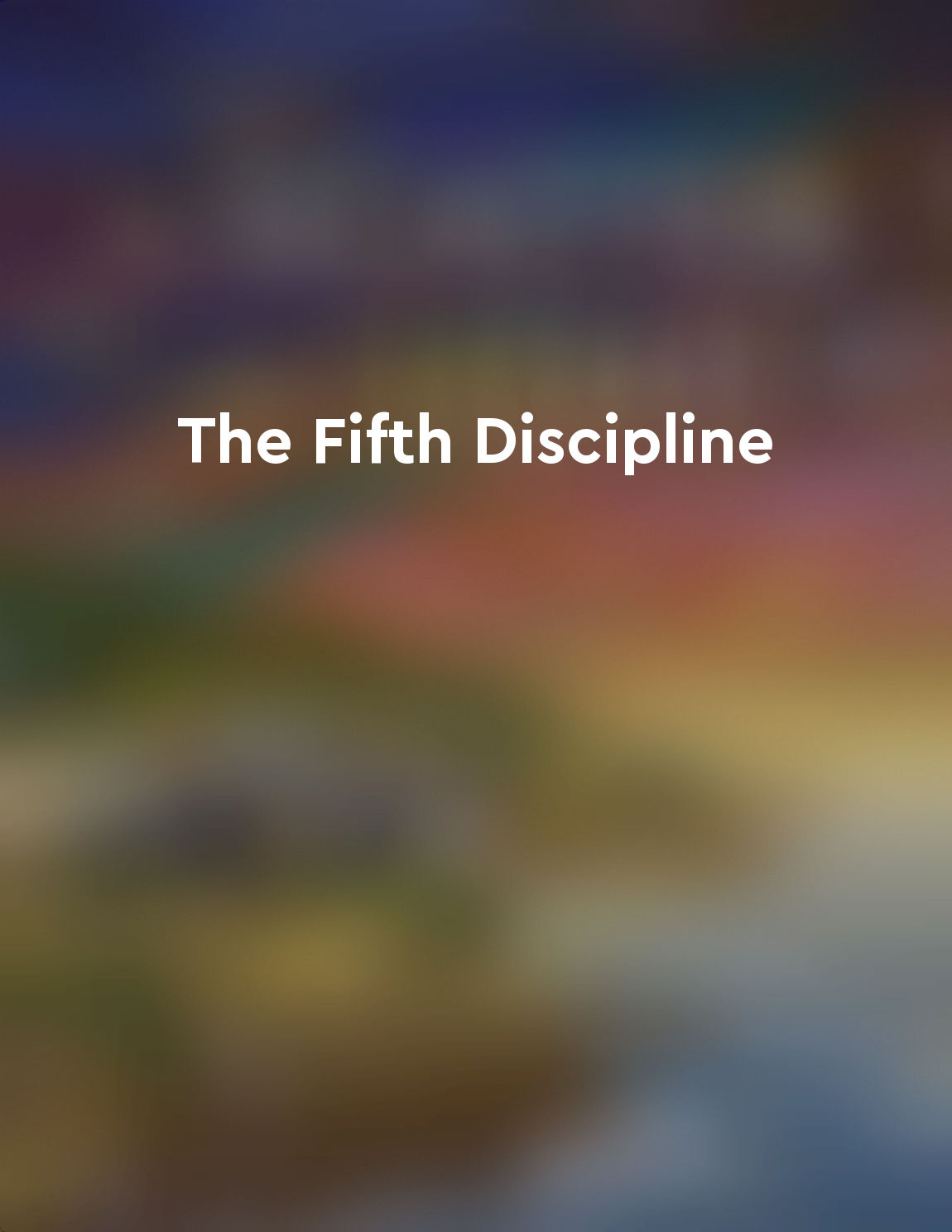Audio available in app
Mental models shape our perceptions and decisions from "summary" of The Fifth Discipline by
Our mental models are the deeply ingrained assumptions and generalizations that shape how we perceive the world around us. These mental models influence not only what we see, but also how we interpret and make decisions based on that information. Our mental models act as filters through which we view reality, influencing what we pay attention to and how we make sense of it. When faced with new information or experiences, we tend to interpret them in a way that aligns with our existing mental models. This can lead us to overlook important details or dismiss information that doesn't fit our preconceived notions. Our mental models can also contribute to biases and blind spots, limiting our ability to see the full picture and make informed decisions. By becoming aware of our mental models and actively challenging them, we can begin to break free from these limiting patterns of thinking. This process of reflection and inquiry allows us to uncover hidden assumptions and explore alternative perspectives. By expanding our mental models and considering multiple viewpoints, we can make more informed decisions and navigate complex situations with greater clarity and insight. In organizations, shared mental models can shape the culture and behavior of the group as a whole. When individuals within an organization hold similar mental models, it can create a sense of coherence and alignment. However, if these mental models are not examined and challenged, they can also lead to groupthink and resistance to change.- Our mental models are a powerful force that shapes our perceptions and decisions. By cultivating a practice of reflection and inquiry, we can begin to understand how our mental models impact our thinking and behavior. This awareness allows us to break free from limiting patterns of thinking and make more conscious and informed choices in our personal and professional lives.
Similar Posts
Design your life intentionally
The idea of designing your life intentionally is all about taking control of your own destiny. It's about recognizing that you ...
Start by asking openended questions
When you're trying to help somebody, you're likely tempted to jump right in with advice. It's a natural impulse. You want to be...

Exploring different angles
In a world where everything seems straightforward, it's easy to fall into the trap of thinking that there's only one way to see...

Decentralized decisionmaking fosters innovation and adaptability
Decentralized decision-making is like a breath of fresh air for organizations seeking to break free from the rigid structures o...
Creating a supportive environment encourages creative thinking
In order to foster creative thinking, it is essential to establish a supportive environment where individuals feel encouraged a...
Communicate the desired culture consistently to all stakeholders
To drive meaningful change within an organization, it is imperative to clearly and consistently communicate the desired culture...
Seek clarity
To think critically, it is important to seek clarity in all aspects of a situation or problem. Clarity involves understanding t...
Lead by example and set high standards
To truly lead by example and set high standards, one must first understand the importance of personal integrity. Integrity is t...

Trust is a fragile but essential component of healthy relationships
Trust is the invisible thread that binds individuals together in healthy relationships. It is delicate and easily broken, yet w...
Change requires strong communication skills
Successful change initiatives are built on a foundation of effective communication. Leaders who are able to clearly articulate ...


